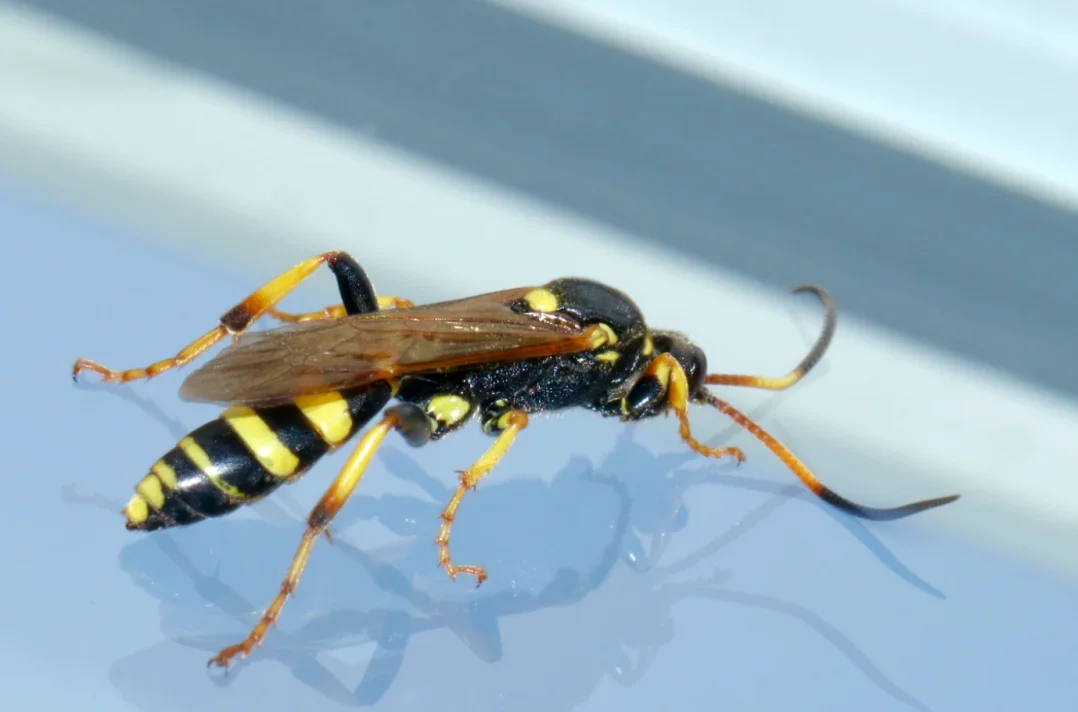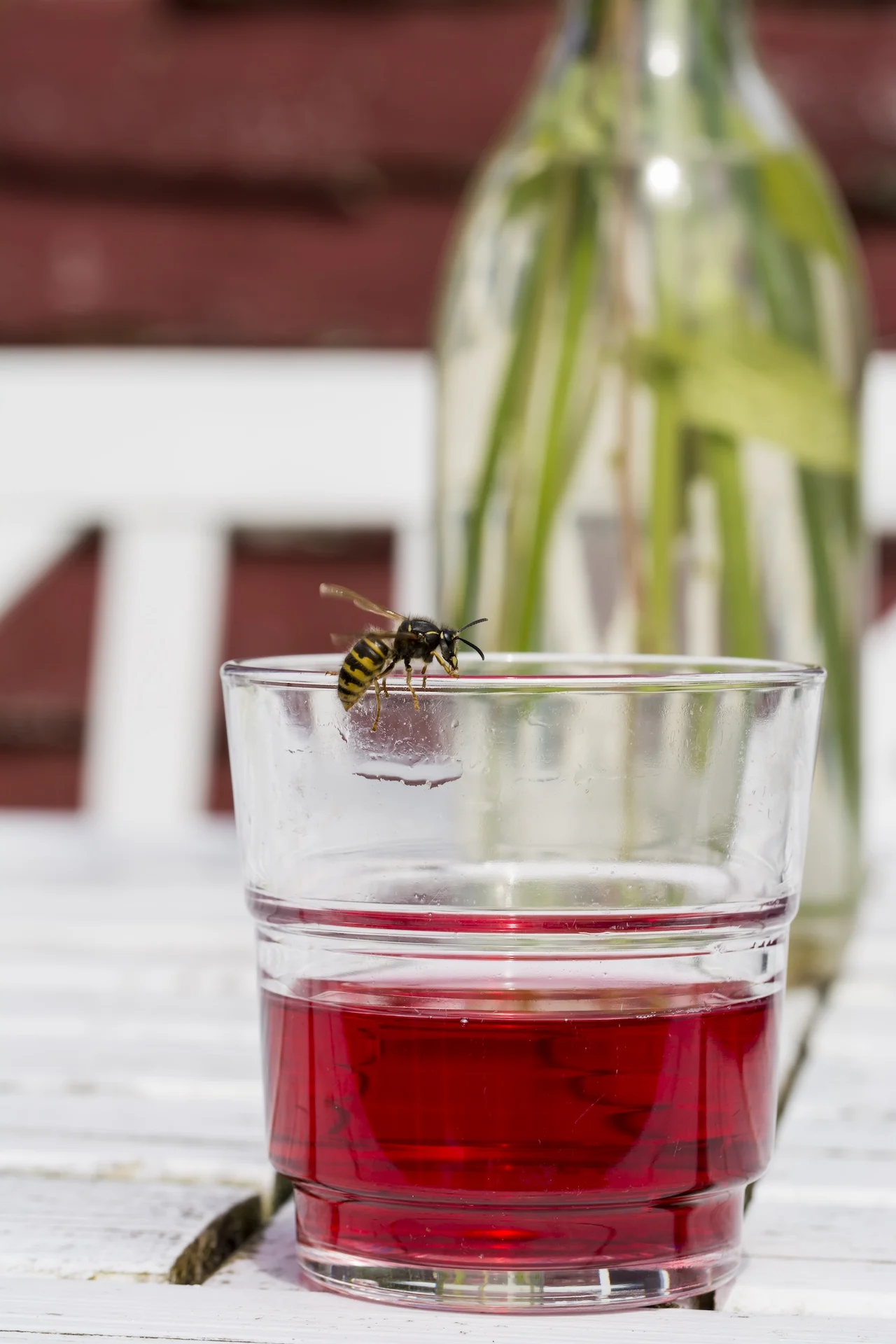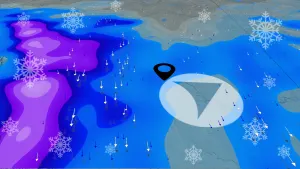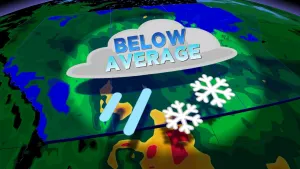
Why it appears there is an invasion of wasps near summer's end
Noticing more wasps near the end of the summer? If you have spent ample amounts of time in your backyard, you’ve likely encountered a few wasps while you wined and dined
You may have noticed some uninvited guests at your backyard gathering recently.
Wasps, which can be found at any time during the summer, tend to show up in higher numbers near the end of the season. One reason we see more of them at this time of the year is the increase in the number of workers compared to the spring, according to Amro Zayed, research chair in genomics at York University.
"At the beginning of spring, the colonies are really small. [Then] they get bigger and there are more eggs being laid, more larvae and more workers feeding the larvae," said Zayed, in a recent interview with Marta Czurylowicz, video journalist at The Weather Network.
SEE ALSO: Experts give advice on helping bees in and out of cities
That process then leads to bigger colonies as the year progresses, with sizes reaching peaks near the end of summer, he noted.
Like bees, some wasps are social creatures. Each colony contains a single queen who lays all the eggs and the workers who take care of the brood. They search for food such as caterpillars and other insects to bring back to the colony, which then feeds the larvae.
"Oddly enough, it's not just a one-way street where the workers are bringing the food to the larvae," said Zayed.

When larvae eat, they secrete saliva rich in sugars and amino acids, which is consumed by the "flying" adult workers, Zayed said. "This spit by their sister larvae helps to kind of power their metabolism," he added.
RELATED: How to properly remove a beehive or wasp nest
Queen shifts focus near the end of the summer
So, near the end of summer, the queen's egg-laying process slows down as she then focuses on producing more of her kind (queens) and the mates for the next generation.
"There are less larvae that are actually found in the nest. That means there is less larvae spit and less sugary food for the workers to consume at the colony," said Zayed.
That forces the workers to supplement their diet by collecting nectar from flowers, or by taking a sip of the sugary drink you may be enjoying in your backyard.

(Getty Images- 1178780404)
"At the end of the summer, especially, they're kind of short on food supply. They're not getting the sugary, saliva spit from their sisters because there are fewer larvae," said Zayed.
As a result, we end up providing the wasps with a lot of "easily accessible" food for them at a time when their supply is low, Zayed said.
"We just happen to [be outdoors]. That's the time where we like to enjoy our outdoors, and have our cookouts and barbecues," said Zayed.
While we may find their poorly timed appearances in the summer annoying, wasps are an essential part of our ecosystem. They help speed up the decomposition process of old trees, help keep the population of ticks, aphids, flies and mosquitoes in check, and pollinate plants just like bees do.
WATCH: How to properly remove bee hives and wasp nests this summer
Thumbnail is courtesy of Getty Images-837561074.
Follow Nathan Howes on Twitter.










